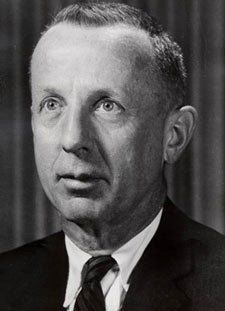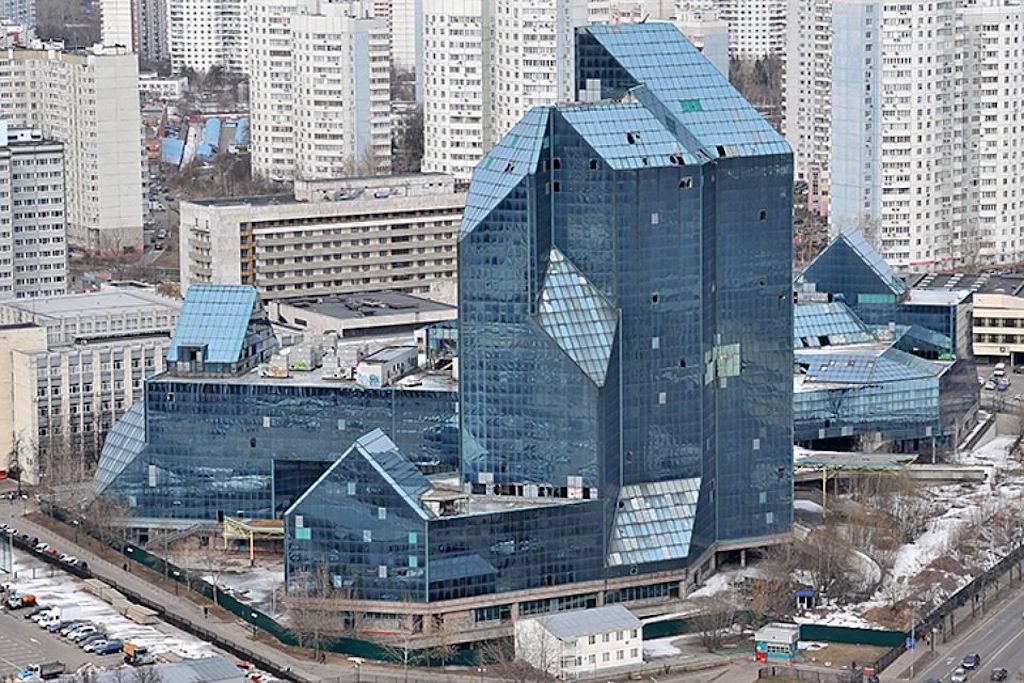Problems of an American Industrial Strategy I: Kindleberger's Dilemma and the Development State

Last week, I organized a conference on various dimensions of coordination in implementing an industrial policy as part of Berggruen's Coordination Problem series. The meeting was held under Chatham-House rules, so I will not discuss specifics. I will be producing a report on broad outcomes and lessons in my capacity at the Berggruen Institute in the next few months after I process my thoughts. As part of this process, I will write a few Building Ruin posts about some issues I am starting to think about. This is the first of these posts...
One problem that an industrial policy – or better yet, industrial strategy (if a reader has a better name for it, please let me know) – has in a country like the United States is that we do not have a theory of how to do it. The industrial strategy has always been deeply tied in with development policy. In turn, as I have argued in a few other places, development theory is highly influenced by Gerschenkronian backwardness. Gerschenkron's most famous idea is that states that are "backward" – in other words, have a ways to go to hit the production possibility frontier – have an advantage in achieving rapid growth. That makes a lot of intuitive sense. Assuming a "two-sector model," like the one employed by Arthur Lewis, you can say that in a developing economy, you have a large population that is effectively under-employed in a low-productivity sector like subsistence agriculture, and that quickly moves that workforce into higher productivity sectors will create inputs for the low productivity sector, freeing up more people to work in other areas, ext. If the technology is already known, the problem is a bit easier to solve. There are problems that they will hit along the way and a challenging political economy but let's leave it at that.
There is no equivalent theory for an advanced, developed country like the United States. Moreover, no theory can account for the unique features of the American economy vis-a-vis the rest of the world. Many of us who advocate for industrial policy see it as a way to quickly upgrade our capital stock to the challenge of climate change and geopolitical threats. As of yet, we have had no theory about how to do this in a country where you already have the world's largest economy. At most, what we have is a theory of innovation. Scholars like Bill Janeway and Marianna Mazzucatto have given valuable insights into how states can stimulate and direct private-sector innovation. Yet, the black box of installation and production remains relatively closed. We will have to open this box if we are concerned about climate change since it is more of a coordination of capital investment problem than an innovation challenge (more on this in previous posts and later).
Thus, those who want some form of green developmental state in America have a challenge regarding coordinating production. The most successful historical model we have of a developmental state is the East Asian model. The success of this general approach is discussed in Joe Studwell's How Asia Works. Studwell's work covers well-known features of the East Asian developmental model, including the development of state champions and coordination through bureaucratic bodies like Japan's famous Ministry of International Trade and Industry (MITI). However, he adds a dimension I have not seen before (to be fair, I am not a deep specialist) – the role of demand in forming profits and coordinating those profits.
First, Studwell shows that successful developmental states follow Lewis' model by doing land reform first. Land reform creates a class of small farmers who need inputs from industry. Successful developmental states make them a captive market for domestic industry to begin to learn how to produce at scale and have a guaranteed profit base.
However, they do not stop there. The next step toward a successful developmental state in East Asia is entering world markets. At first, these markets will be low-profit ones in countries that are also far from the production possibility frontier. There are fewer competitors in this market, and your products might be more appropriate for them, too, since you aren't using hard-to-master technologies. This again gives your firms more experience and, most importantly, the feedback of a market where they are not as protected. Finally, you begin to enter advanced markets, which give you even more feedback through trading success about what works and what doesn't. Thus, successful developmental states use market prices generated by consumer demand for feedback. Michael Pettis describes this as exporting their forced savings and importing foreign demand!
The United States cannot use these feedback channels for several reasons. First, we are at the edge of the production possibility frontier. We export these complex goods all the time! Second is a more complex issue I will call the "Kindleberger Dilemma" after economist Charles Kindleberger. Kindleberger is one of the great background figures of the 20th century. He was a staff member working on the Allied victory in WWII, the Bretton Woods Conference, and the Marshall Plan. His fundamental idea is that we should understand monetary systems as global systems and the determinate factor of stable, international flows as an issue of liquidity. Viewing these flows as liquidity rather than savings driven opens up a new vista where we see the world like a series of banks. For banks to be stable, there needs to be a clearing house that acts like a lender of last resort – a central bank. Kindleberger argued that the United States is the world's clearing house. Borrowing short through selling its debt to be the world's cash deposits, it lends long by importing other countries' goods, exporting its demand, and forming profits.
In the 1960s, Kindleberger would use this framework to argue that we should not worry too much about trade deficits and, instead, be happy with a system that works well to provide global liquidity. In his book The World in Depression, he would go further and argue that global economic growth and stability require that the "economic hegemon" play a global coordinating role by running a deficit to provide markets for distressed goods and long-term liquidity, as well as creating both long term credit taking in deposits and short term liquidity by lending into crises. The United States does this well. It runs a persistent trade deficit, exports deposits, and stabilizes those deposits by stemming bank runs through central bank swap lines. From this point of view, the system formed after 2008 is very stable!
However, I think that Kindleberger has a flipside. His system of hegemonic stability requires that the country at the top of the hierarchy accept a degree of free ridership. In other words, by serving its function as the world's bank, it gains almost infinite "monetary sovereignty." It can spend as much as it wants and tell bond vigilantes to shove it where the sun doesn't shine. This is what makes a country a "developed market." Yet, the higher you are on the hierarchy, the more you need to open your capital and current accounts. Thus, you lose the ability to have substantial control over the real economy and its growth. It is no wonder China has stepped back from its dreams of having a key currency.
I call the tradeoff between monetary and real-side sovereignty "the Kindleberger dilemma." From the POV of this dilemma, Studwell's model becomes impossible for the ultimate hegemon – the United States – impossible to implement without something breaking. The US can't use foreign markets to get price signals about the demand for the goods it is trying to promote outside of a few advanced industries in which it has some inherent advantages. In turn, trade can't get us to full employment because we have to consume more than we produce to be the international market and lender of last resort. I am all in favor of increasing the American savings rate a bit over time, but that is not how we drive up employment outside some specific sectors. If you try to make the US a trade superpower, you will have to decrease American consumption and export the surplus. This breaks the bank, and the world descends into depression and instability.
Under the Kindleberger dilemma, America has a problem using prices as a coordination mechanism because its position as the most mature and powerful of capitalist economies means that prices are distorted in the first place. There are some specific reforms we can do to mitigate this problem. Thus, mitigating volatility and creating a useful, stable price system that will incentivize the green transition and full employment will require some spare capacity. The question that follows is who holds the spare capacity?
